The need for a revamp of the test prep industry is not just for building new models of consumption by going online, but also to solve fundamental issues that have hindered the growth of the market - high costs, poor accessibility and a conventional one size fits all approach.
My take:
1/ Test prep has not changed for decades. A model that was meant to alleviate the problems of school education has become plagued with issues that need correction within itself. It has become a 'factory' model with high student-teacher ratios and no personalized learning opportunity for students who need help. Online videos/adaptive testing does not address the human intervention required for a teenager who is struggling to balance school pressure with test prep. Personalized one-to-one tutoring is expensive (INR 500 to INR 1800 per hour) and not scalable.
2/ Test prep remains inaccessible. Of the USD 7 Bn test prep market, 15-20% is organized. The rest belongs to the mom-n-pops and local tutorials - that's USD 5 Bn of the market consisting of students who cannot afford expensive test prep (urban/semi-urban markets) and/or access it for geographic reasons (rural). What's more, the urban-rural divide continues to widen. The Indian Statistical Institute (ISI) published results of a 2012 study citing that students from high-income families have four time higher success rate in the IIT admissions than those from lower income groups. Also, close to 60% of those entering IITs are from the CBSE, a board that represents just 6% of the target group. At a price range of INR 1.2 to INR 3 Lakhs, test-prep is available to only to a very small number that can afford it. As far as the rural market goes, the larger players don't want to enter them for economic/tutor supply factors.
3/ Student behaviour is changing. Today's test prep student grew up on Facebook and WhatsApp, queries Google whenever she needs to find something and the first device of choice is the mobile. She does not understand desktop. When everything around her has changed, how does the old test prep model fit in?
At HashLearn, our product HashLearn Now hopes to alleviate these problems. We are building a model for test-prep leveraging technology for scale, yet, with human intervention and not pure-play online video courses or testing platforms. By building a system that can offer high-quality at low price points, our vision is to provide a tutor to every student with a smartphone and a data plan.
We believe we can truly empower every student irrespective of location and financial background to learn better by connecting him/her with a tutor right at the moment where the student is stuck.
And this focus on that particular moment of a student's learning curve is where true intervention and resolution matters.

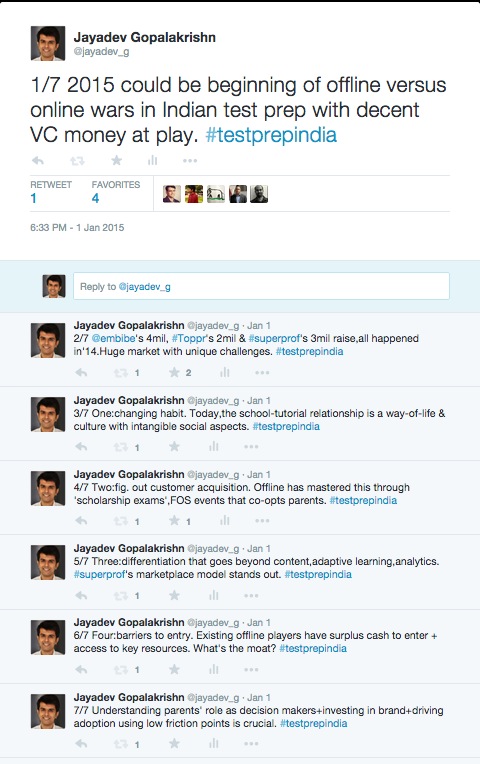
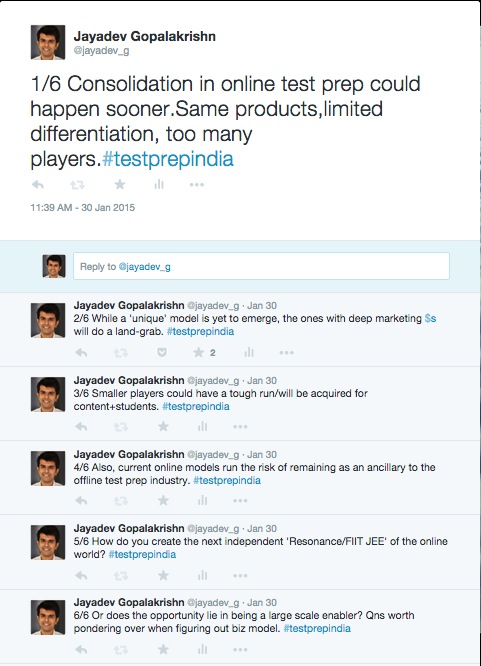
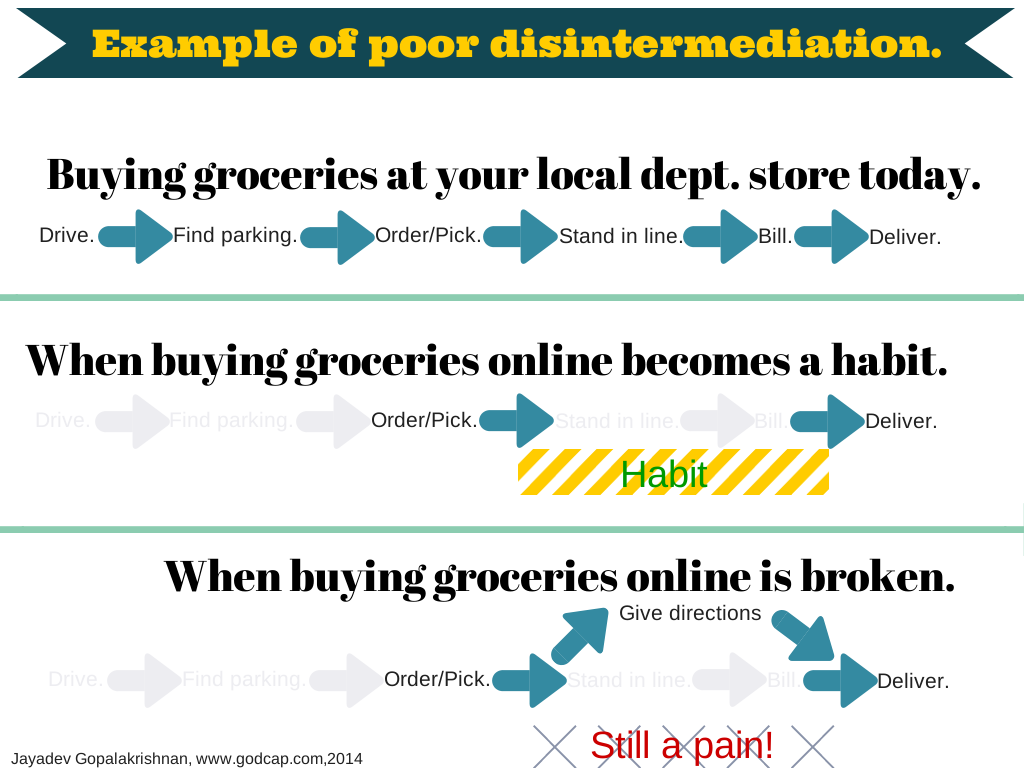
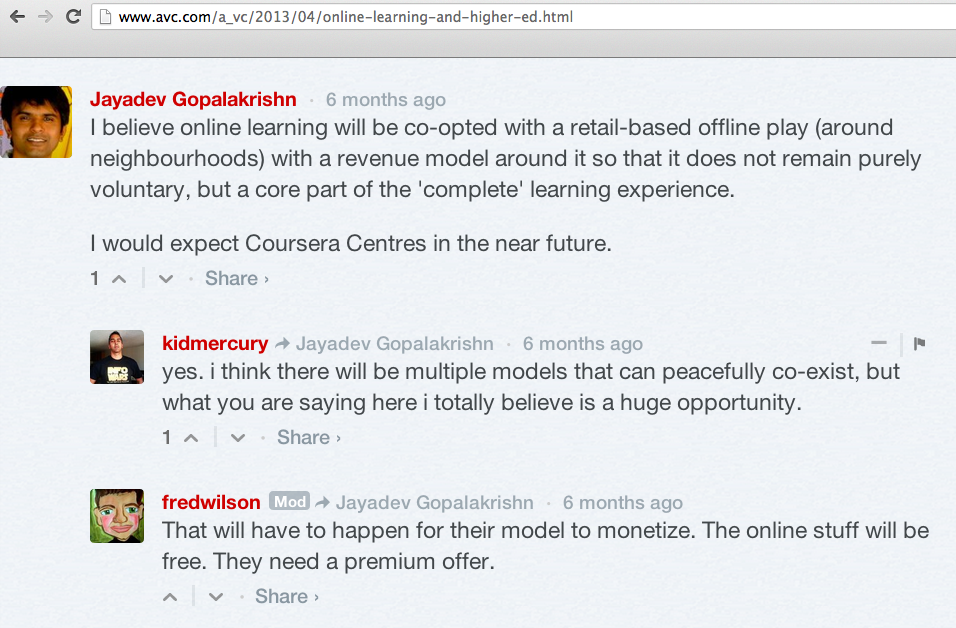
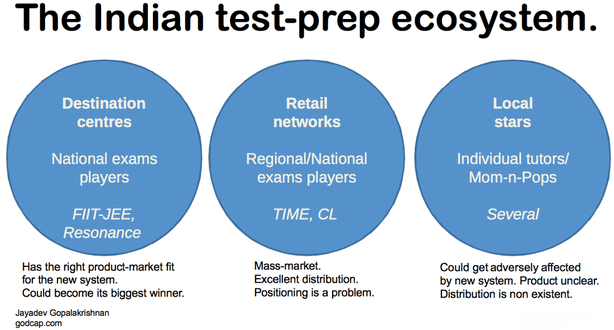


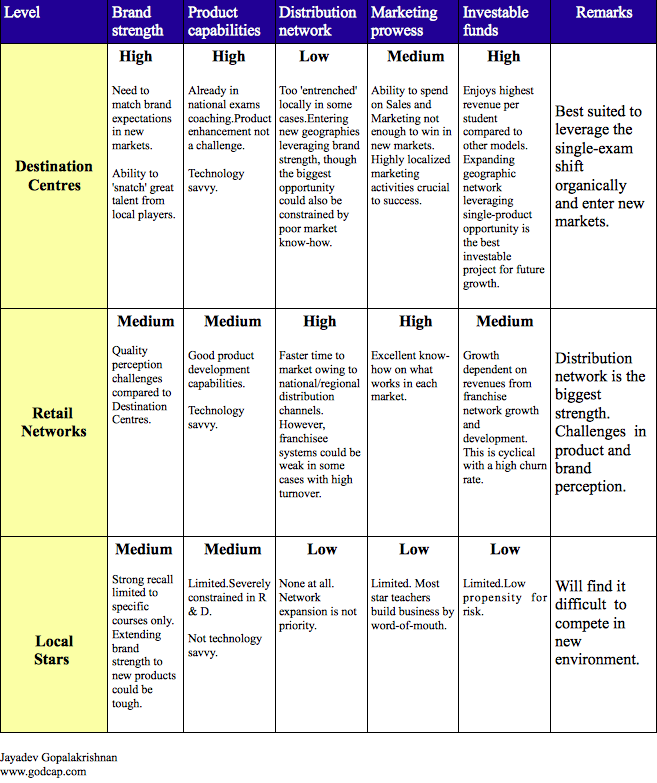
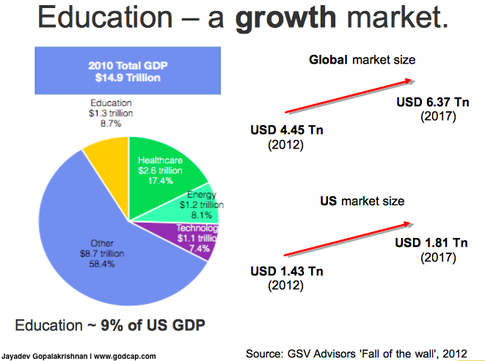
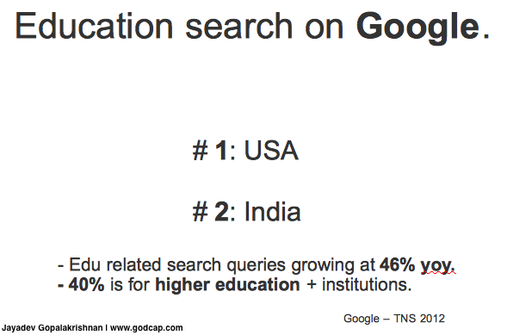
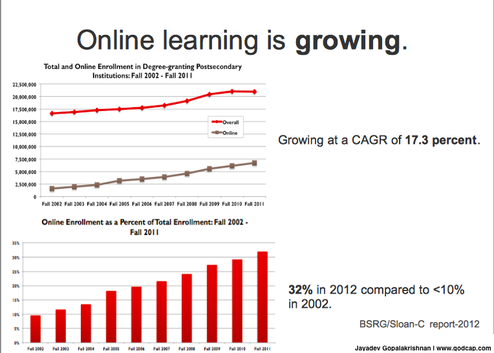
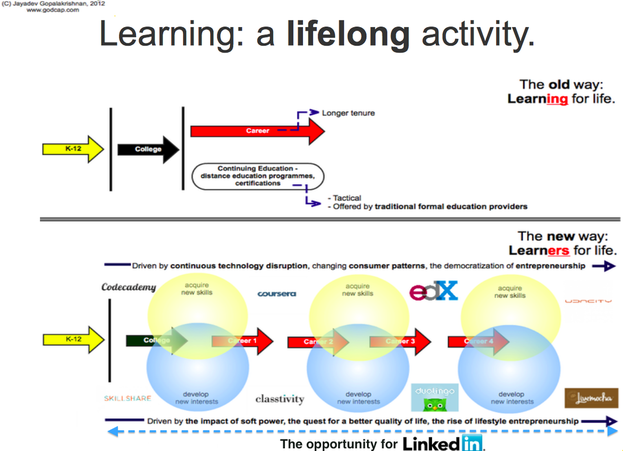
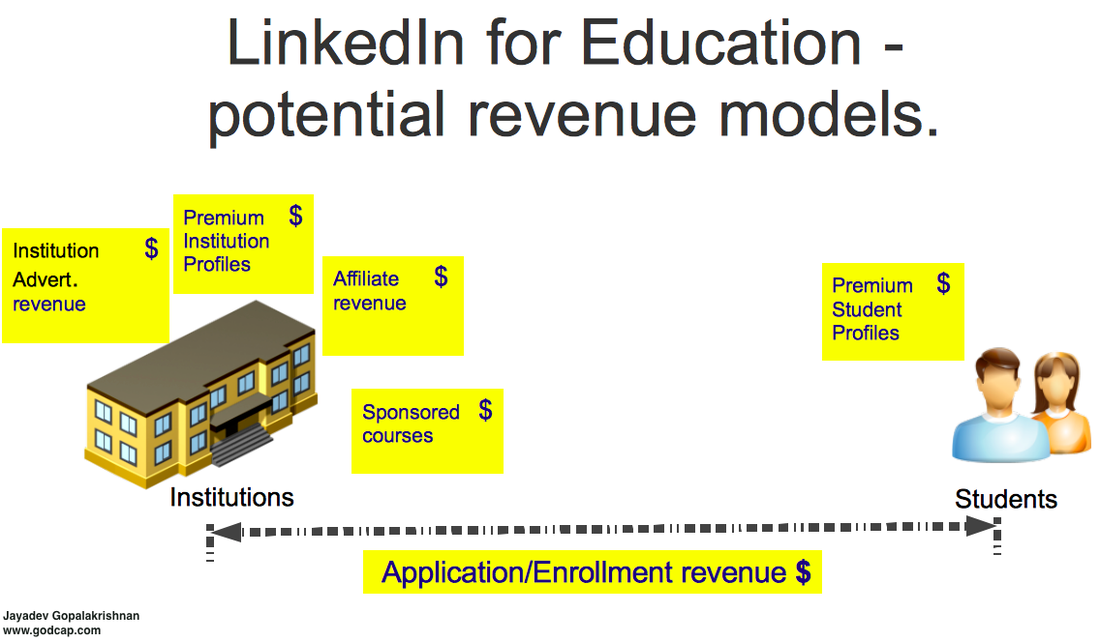
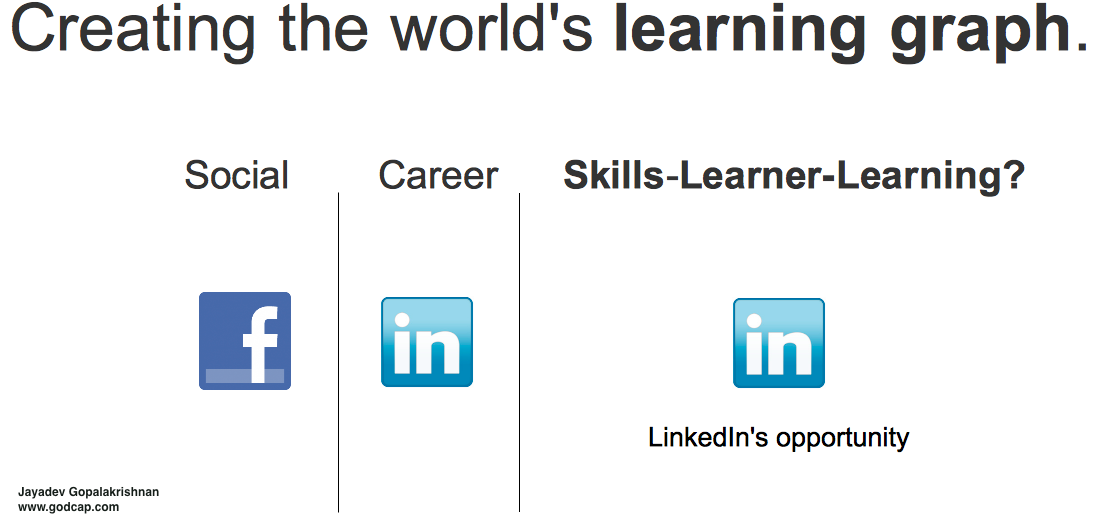
 RSS Feed
RSS Feed